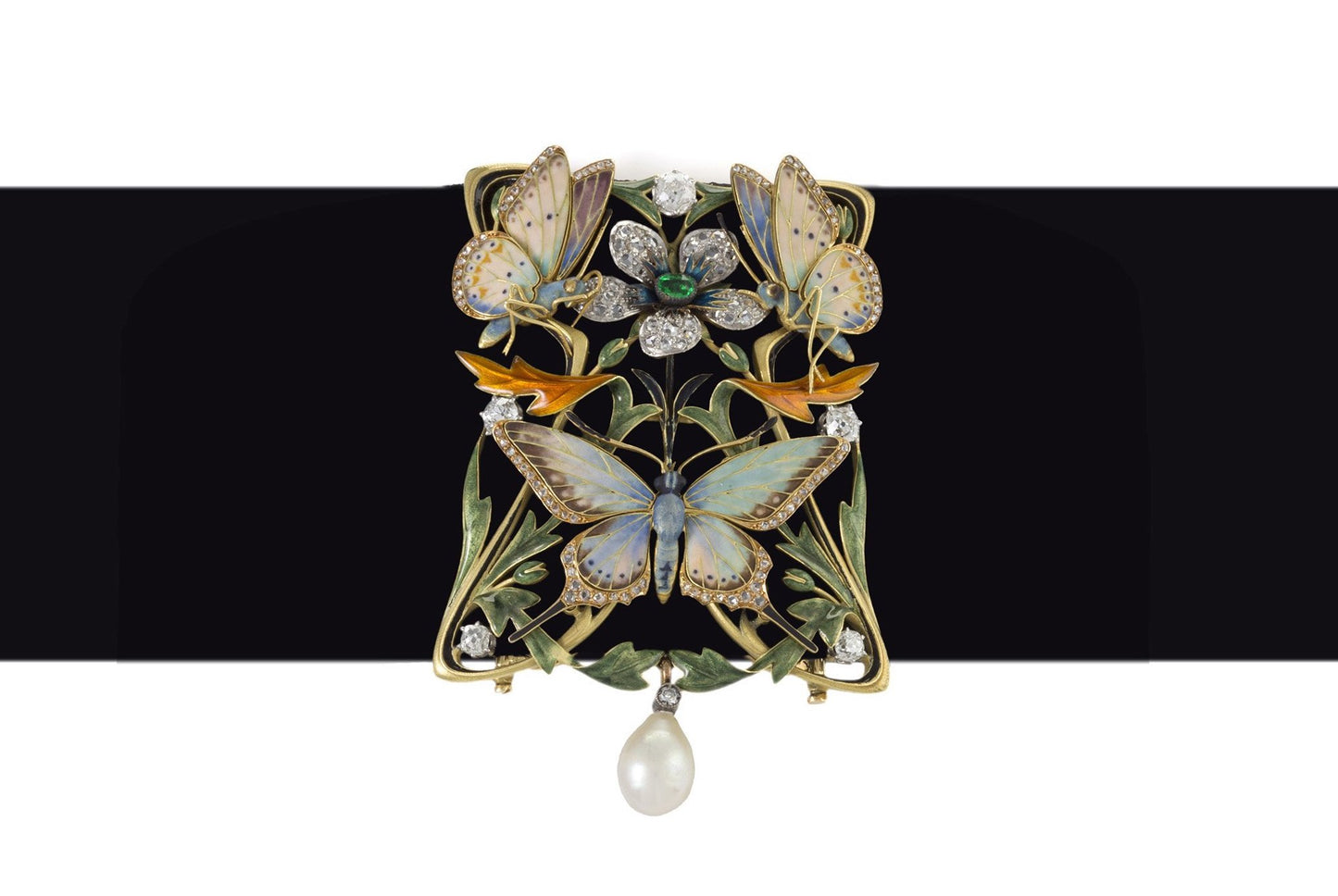Louis Majorelle and Daum Nancy "Flèche d'eau" Chandelier
Item #: EL-20946
Artist: Louis Majorelle and Daum Nancy
Country: France
Dimensions: 35.43"height, 21.65" diameter
Materials: Gilt bronze, Glass
Signed: Each shade signed DAUM Nancy at the Cross of Lorraine, in intaglio
Literature: Majorelle - Commercial catalog of the time. An identical model reproduced in this publication (without pagination). - Alastair Duncan - Majorelle - Editions Flammarion, Paris, 1991. Identical model appearing on an archive photograph reproduced on page 212.
Item #: EL-20946
Artist: Louis Majorelle and Daum Nancy
Country: France
Dimensions: 35.43"height, 21.65" diameter
Materials: Gilt bronze, Glass
Signed: Each shade signed DAUM Nancy at the Cross of Lorraine, in intaglio
Literature: Majorelle - Commercial catalog of the time. An identical model reproduced in this publication (without pagination). - Alastair Duncan - Majorelle - Editions Flammarion, Paris, 1991. Identical model appearing on an archive photograph reproduced on page 212.























